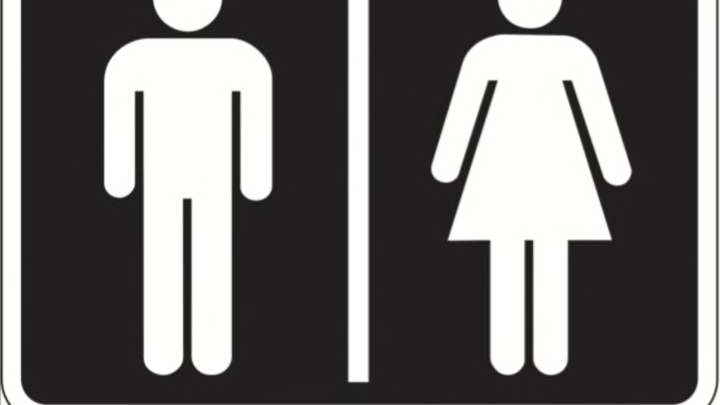An anonymous reader wrote in to say, “During mass demonstrations (such as have been happening in Egypt) in large public areas, where do people go to the bathroom? These things aren't always predicted so that port-a-potties can be strategically placed in the area. Just thought it might be one more terribly uncomfortable thing to think about while protesting.”
According to reporter Sarah A. Topol, who was in Egypt two years ago during the anti-Mubarak demonstrations, logistics issues like finding places for thousands of people to pee aren’t that daunting and protests like these can be home to the occasional “surreal moment of normalcy.”
[In Tahrir Square] the men have three choices: the metro station (i.e. the submerged sidewalk going to the underground which has been shuttered for over a week), and the bathrooms of two mosques. If you're a woman, there's only one option: the women's section of the square's major mosque. That's also where many women, especially those with children, sleep. As we entered the mosque, I got a gentle pat down and a soft apology for the inconvenience. Inside, women sit and chat in the dim light. The cool green tiles of the bathroom are a far cry from the open sewer just 10 feet away from the entrance. There are only two working stalls, but they are immaculate.
Medea Benjamin, cofounder of the social justice group CODEPINK, was also in Cairo during the Arab Spring and asked protestors the same thing.
“Where do you go to the bathroom?,” I asked one of the women, as there is not one port-a-potty or bathroom in sight for this sea of people. “We go out to the street, knock on doors and ask to use the facilities. Complete strangers are opening their homes to us,” she answered.
Occupy Wall Street protestors also had to rely on the kindness of strangers and hope that local businesses would let them use the facilities, says Business Insider’s Robert Johnson. They got mixed results.
Burger King put its foot down and required protesters to make a purchase before using the facilities and enforcing a 20-minute time limit on seating. McDonald’s has been far more accommodating by allowing anyone off the street to some in and take care of business. I caught the janitor leaving after his shift and asked him how the group was behaving. He narrowed his eyes, looked me up and down, and finally said "They're cool," before rushing off.
